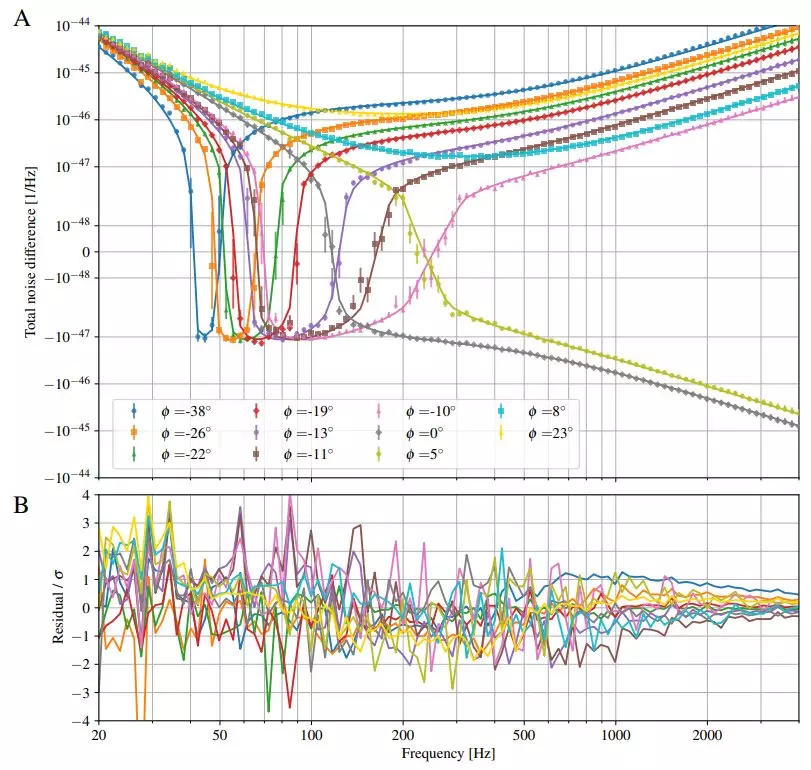The Laser Interferometer Gravitational-Wave Observatory (LIGO) has made significant strides in enhancing its sensitivity to gravitational waves, thanks to a pioneering approach utilizing squeezed light technology. A recent publication in the esteemed journal Science has detailed this groundbreaking work, outlining how researchers modified the observatory’s systems to minimize noise and flickering, a challenge that has historically plagued gravitational wave detection. This innovation not only improves the ability to detect gravitational waves but also opens up new avenues for astrophysical research, identifying events previously obscured by quantum noise.
LIGO operates on the principle of detecting minute changes in the length of its two perpendicular arms, which are caused by gravitational waves passing through spacetime. When a gravitational wave interacts with the structure of LIGO, it produces shifts in the laser beams that have been sent down each arm, which are then reflected back to be analyzed. However, distinguishing between actual gravitational wave signals and quantum field noise, which often manifests as flickering, has posed a considerable challenge. By developing a squeezed light system—which manipulates the quantum states of photons—the LIGO team successfully reduced this unwanted flicker, leading to enhanced sensitivity.
The introduction of squeezed light into LIGO’s detection framework involved the integration of specially crafted crystals along with advanced mirrors and lenses. These enhancements allowed the team to create a situation where the light in the laser beams was in a squeezed quantum state, effectively minimizing the uncertainty associated with measuring gravitational waves. This advancement was not merely an incremental improvement; the researchers recorded a remarkable doubling in the number of gravitational waves detected. Such a leap signifies a remarkable step forward in observational astrophysics, enabling scientists to explore previously inaccessible regions of the cosmos.
The implications of this technological leap are profound. With the enhanced capability to detect gravitational waves, researchers can now study a wider spectrum of cosmic events, including the mergers of black holes dating back nearly to the formation of the first stars in the universe. Such insights are invaluable for understanding the evolution of our universe and could lead to novel discoveries about the fundamental aspects of spacetime and gravity. The team at LIGO anticipates that the new findings will not only enrich the scientific discourse but may also challenge and refine existing astrophysical theories.
The journey that began with the first detection of gravitational waves in 2015 continues to unfold as researchers at LIGO strive for deeper cosmic insights. The advancements in detection sensitivity through squeezed light technology not only pay homage to the pioneering work of physicists like Albert Einstein but also represent a commitment to pushing the boundaries of what is scientifically understood. As LIGO enhances its capabilities, the wider astronomical community watches with anticipation for the new revelations that will emerge from the depths of space, further illuminating the mysteries of the universe.


Leave a Reply